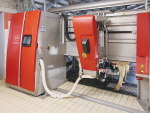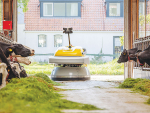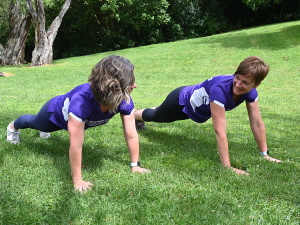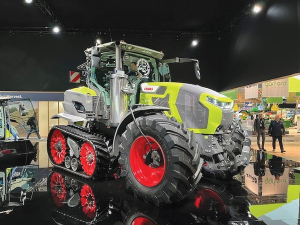Dairy farming was always a likely career path for Graham Barlow, of Fermanagh Farm, in the Piako district of Waikato.
The farm name gives a clue to the family heritage: a great-grandfather came to New Zealand from County Fermanagh in northwest Ireland many moons ago.
Milking 320 Jerseys calving in March (75%) and November (25%) on 90ha, Barlow went straight from schooling to dairy farming, soon realised he hated milking but was interested in all things technical; he describes himself as a techno-geek.
So it’s no surprise that three and a half years ago he bought a Lely Astronaut four-robot milking system, installing it in the building where his herringbone dairy had been.
He laid about 1km of extra farm race to tidy up under- or oversized paddocks to allow the grazing area to be split into three blocks.
The first two months weren’t pretty, he says, but the team persisted and the cows learned, chiefly via feed at milking time, that robots were the way forward. Today the herd is relaxed, well rested and recording lower somatic cell counts.
Barlow says the workforce has been reduced from three to two; they work weekends about, to oversee the farm.
Production had typically been 430kgMS/cow before the robots, but is now about 470kgMS and is tracking towards 500kgMS next season.
The cows wear transponder collars which allow access to the milking area via a Lely Grazeway electronic gate system. They enter the walk-through robot where they are identified, fed a ration (1.5 – 6kg) based on production and stage of lactation, and have their teats washed and cups attached by a laser guided system.
After milking they can take a back-rub from the Lely Luna powered brush, which during Rural News’ visit was showing signs of plenty of use, then head out to fresh grazing or the feed pad. The cows are offered fresh grazing every eight hours or so and milk themselves about 2.6 times per day.
Barlow’s thirst for information is sated by the Astronauts, which record yields, analyse fat and protein content and, of course, record somatic cell counts.
The transponder collars also provide data on rumination -- or the lack of, indicating a potentially sick animal – and a pedometer watches animal activity, so detecting cows on heat. Cows showing readings that deviate from pre-programmed parameters are automatically drafted to a holding area for checking or the vet’s intervention.
Data recording also includes yield, fat and protein content, and it indicates developing trends, allowing intervention and remedy, even before a problem becomes clinically visible.
The greatest effect on Barlow is a change in lifestyle: on the farm, he can complete jobs without the interruption of afternoon milking, he gets time to spend with his family and for important events throughout the year and, if the weather permits, days off to go fishing.
And he has reason to smile when neighbours say, “You were out late working on the farm last night”.
“I just don’t have the heart to tell them I’ve been in Auckland with family all day.”


















